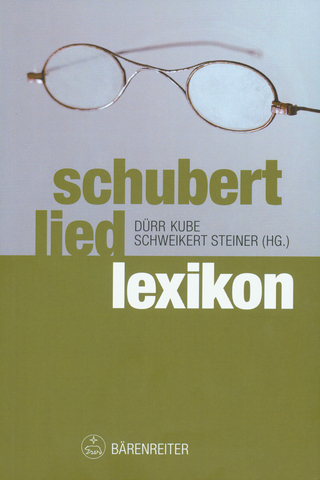
Jazz and Justice
Racism and the Political Economy of the Music
Seiten
2019
Monthly Review Press,U.S. (Verlag)
978-1-58367-785-8 (ISBN)
Monthly Review Press,U.S. (Verlag)
978-1-58367-785-8 (ISBN)
Original jelly roll blues -- What did I do to be so black and blue? -- One o'clock jump -- Hothouse -- We speak African! -- Lullabye of birdland -- Haitian fight song -- Kind of blue -- I wish I knew how it would feel to be free -- Song for Che -- The blues and the abstract truth.
A galvanizing history of how jazz and jazz musicians flourished despite rampant cultural exploitation
The music we call "jazz" arose in late nineteenth century North America--most likely in New Orleans--based on the musical traditions of Africans, newly freed from slavery. Grounded in the music known as the "blues," which expressed the pain, sufferings, and hopes of Black folk then pulverized by Jim Crow, this new music entered the world via the instruments that had been abandoned by departing military bands after the Civil War. Jazz and Justice examines the economic, social, and political forces that shaped this music into a phenomenal US--and Black American--contribution to global arts and culture.
Horne assembles a galvanic story depicting what may have been the era's most virulent economic--and racist--exploitation, as jazz musicians battled organized crime, the Ku Klux Klan, and other variously malignant forces dominating the nightclub scene where jazz became known. Horne pays particular attention to women artists, such as pianist Mary Lou Williams and trombonist Melba Liston, and limns the contributions of musicians with Native American roots. This is the story of a beautiful lotus, growing from the filth of the crassest form of human immiseration.
A galvanizing history of how jazz and jazz musicians flourished despite rampant cultural exploitation
The music we call "jazz" arose in late nineteenth century North America--most likely in New Orleans--based on the musical traditions of Africans, newly freed from slavery. Grounded in the music known as the "blues," which expressed the pain, sufferings, and hopes of Black folk then pulverized by Jim Crow, this new music entered the world via the instruments that had been abandoned by departing military bands after the Civil War. Jazz and Justice examines the economic, social, and political forces that shaped this music into a phenomenal US--and Black American--contribution to global arts and culture.
Horne assembles a galvanic story depicting what may have been the era's most virulent economic--and racist--exploitation, as jazz musicians battled organized crime, the Ku Klux Klan, and other variously malignant forces dominating the nightclub scene where jazz became known. Horne pays particular attention to women artists, such as pianist Mary Lou Williams and trombonist Melba Liston, and limns the contributions of musicians with Native American roots. This is the story of a beautiful lotus, growing from the filth of the crassest form of human immiseration.
Gerald Horne is Moores Professor of History and African American Studies at the University of Houston, and has published three dozen books including, The Counter-Revolution of 1776: Slave Resistance and the Origins of the USA and Race War! White Supremacy and the Japanese Attack on the British Empire.
| Erscheinungsdatum | 19.11.2018 |
|---|---|
| Verlagsort | New York |
| Sprache | englisch |
| Maße | 135 x 208 mm |
| Gewicht | 544 g |
| Themenwelt | Kunst / Musik / Theater ► Musik ► Allgemeines / Lexika |
| Kunst / Musik / Theater ► Musik ► Jazz / Blues | |
| ISBN-10 | 1-58367-785-2 / 1583677852 |
| ISBN-13 | 978-1-58367-785-8 / 9781583677858 |
| Zustand | Neuware |
| Haben Sie eine Frage zum Produkt? |
Mehr entdecken
aus dem Bereich
aus dem Bereich
die Geschichte der Schallplatte
Buch | Hardcover (2024)
Prestel (Verlag)
36,00 €
Buch | Softcover (2024)
Nomos (Verlag)
29,00 €


